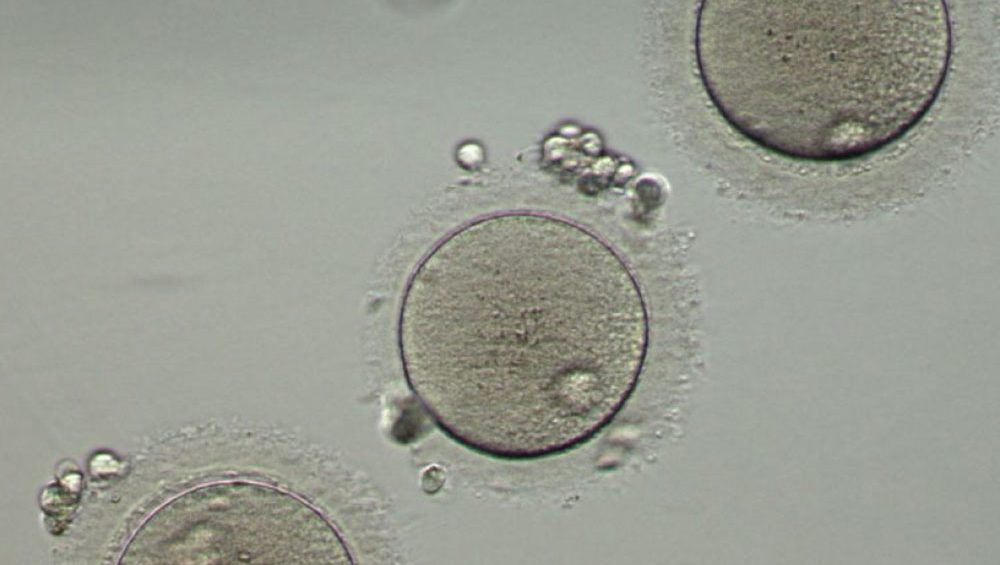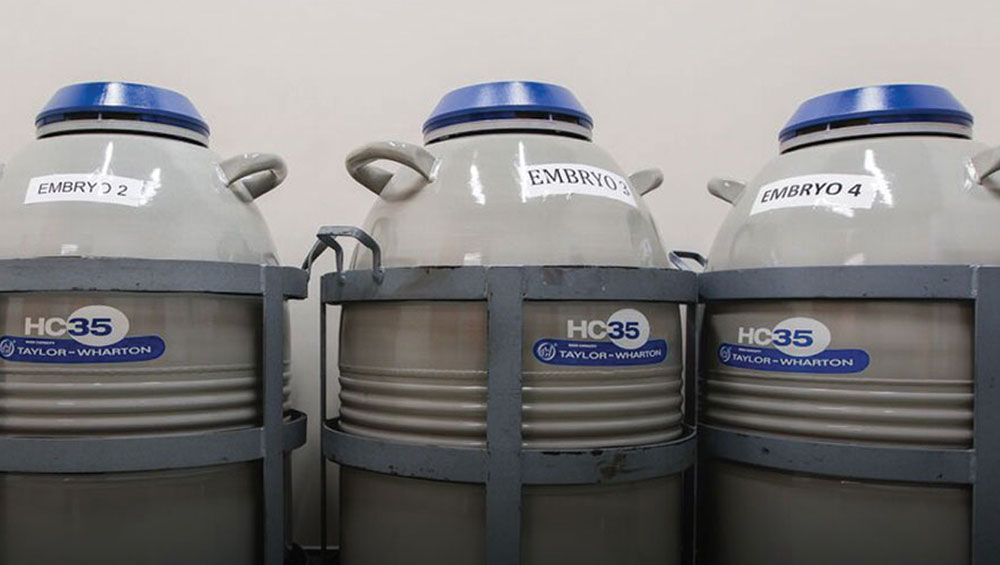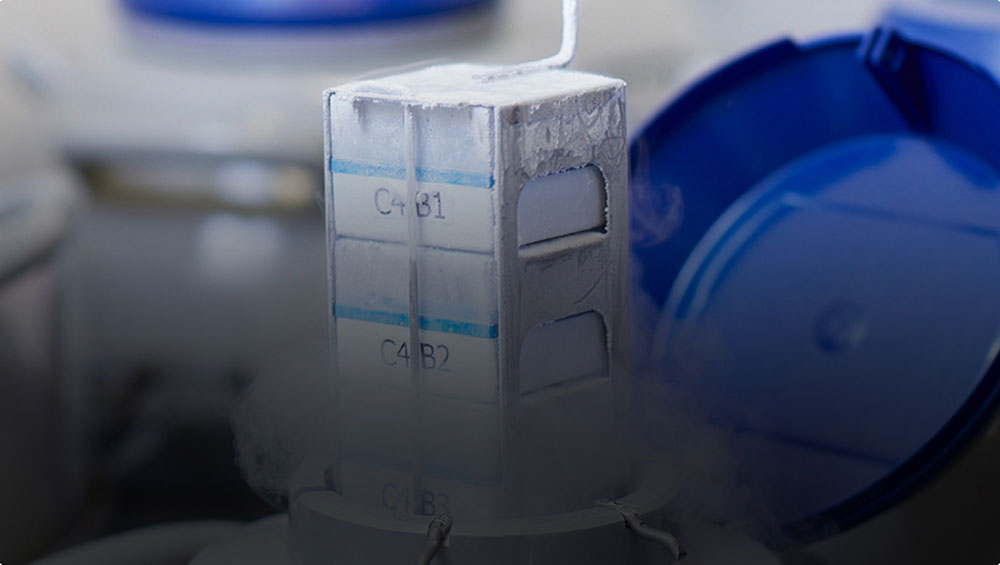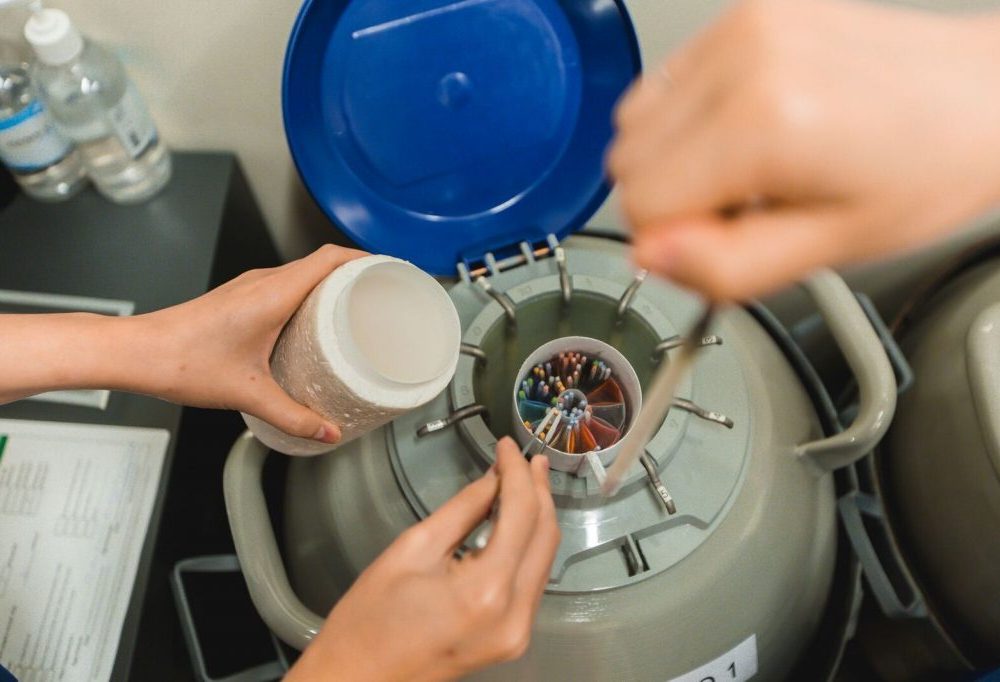CRYOPRESERVATION
SHOW ALLEmbryo Freezing
Following a stimulated IVF cycle, embryos are available for cryopreservation. Specifically, good quality embryo can be frozen for future usage. A successful cryopreservation program offers benefits including the possibility of avoiding fresh embryo transfer in stimulated and increase the pregnancy rate from frozen embryo transfer.
Embryos not transferred to the uterus may be suitable for freezing according to the wishes of the couple. We recommend freezing when there are good quality embryos left after the embryo transfer is completed. Poor quality embryos, or embryos which are slow to develop, are unlikely to survive freezing and thawing to give a reasonable chance of pregnancy.
These embryos can be replaced in a future cycle without the woman having to undergo the same drug treatment and surgery. Embryos can be frozen for up to five years, although this can be extended to ten years in exceptional circumstances.
The results following the transfer of frozen-thawed embryos depend on the number and quality of embryos available as well as the age of the woman. Pregnancy rates following frozen embryo transfer are generally comparable to transfer of fresh embryos, but it is much simpler to undertake a frozen embryo cycle. Frozen embryo transfer has been practised since 1983 and there appears to be no increased incidence of fetal abnormality in babies born following this procedure.
About 70% of all frozen embryos survive the thawing process. Although some couples may have all of their embryos survive in good condition, others may not have any that survive.
Replacement of frozen embryos is relatively simple. The woman’s natural cycle is monitored to time ovulation using an ultrasound scan and ovulation predictor kits. Following ovulation, the embryos are thawed and transferred back to the uterus. If the woman’s cycle is irregular we may recommend hormone replacement therapy (HRT), which will allow us to prepare the lining of the uterus for embryo transfer.




